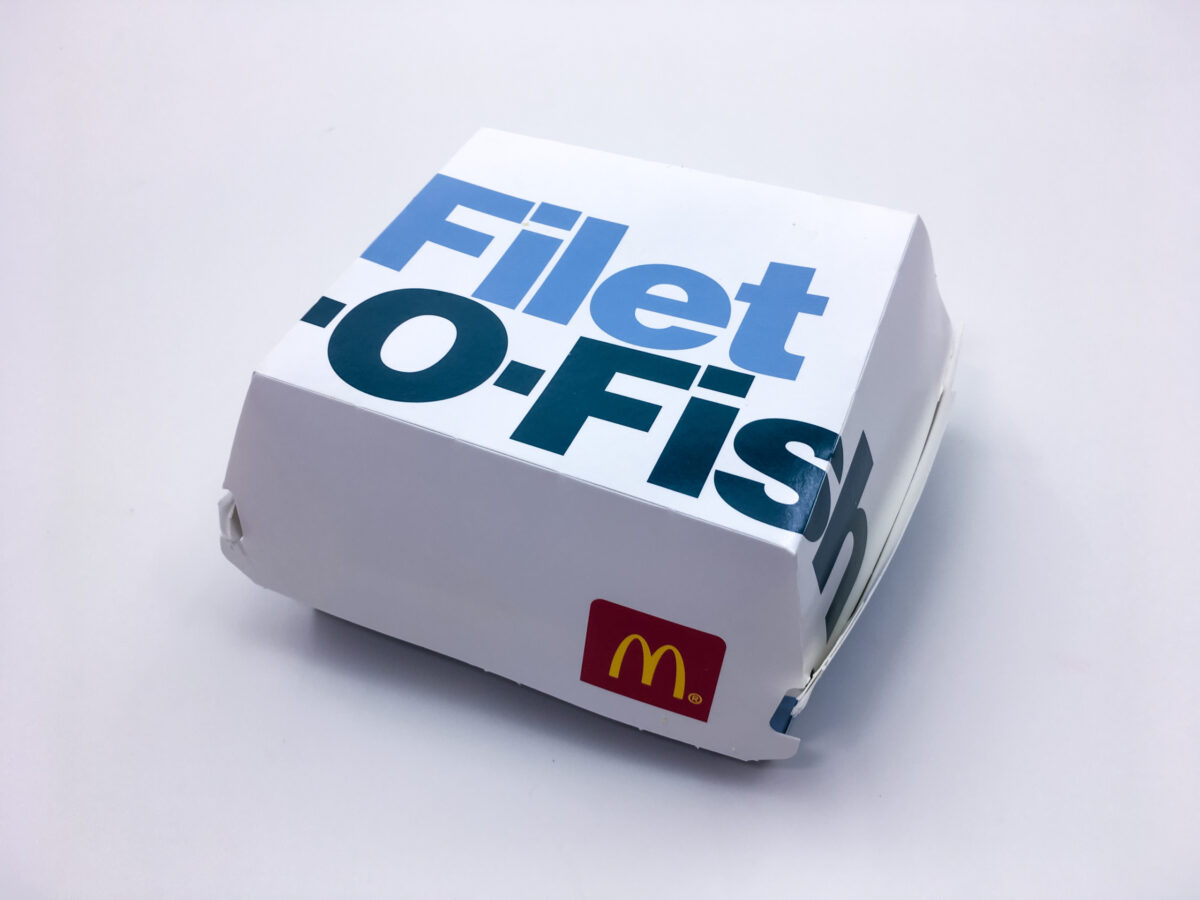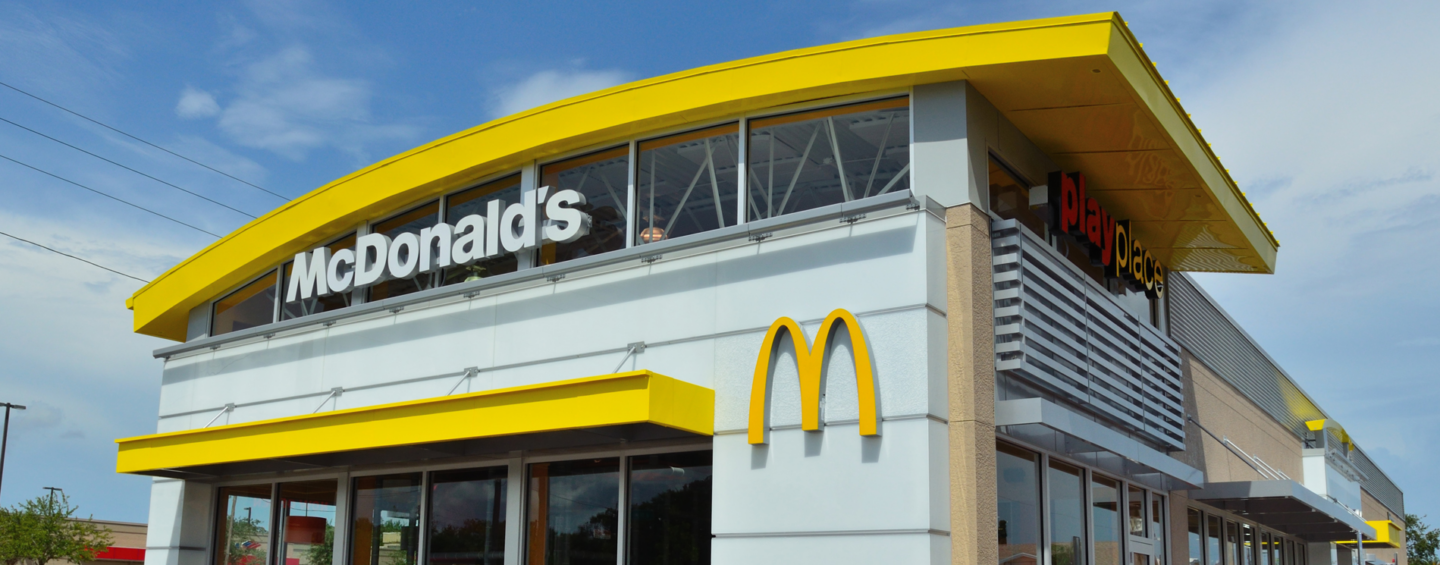Key Takeaways
- McDonald’s began evaluating its seafood (whitefish) supply chain two decades ago.
- Improving fisheries is good for ocean health and for business.
- The company requires 100% certified product from its supply chain.
For more than two decades, McDonald’s has been working to improve the health of the oceans and ensure a sustainable long-term supply of whitefish for its Filet-o-Fish sandwiches. And SFP has been right there with them.
In 2002, SFP chief executive officer and founder Jim Cannon began working with McDonald’s to improve the sustainability of its seafood supply chain. It was through this work that Cannon developed SFP’s approach of using the power of retailers and seafood buyers to leverage their supply chains to improve fisheries – a new way of doing business that fundamentally shaped the sustainable seafood movement.
What’s good for conservation is good for business
In 2003, McDonald’s began an annual evaluation of its whitefish supply chain, based on standards set in its Sustainable Fisheries Program. At this time, the company was facing severe supply chain constraints from the global collapse of whitefish fisheries – making the business case for improving ocean health very clear.
Over the next decades, the company engaged its suppliers to initiate and collaborate in fishery improvement projects (FIPs) to improve the global whitefish sector through restoration of depleted stocks, improved fishery management, and protection of marine ecosystems.
In 2016, McDonald’s led an industry-wide coalition of companies committing to avoid purchasing fish caught in vulnerable areas of the Barents and Norwegian seas, as part of a proactive agreement to protect fragile Arctic marine habitats.
Now nearly 60 percent of the global supply of whitefish is sustainable or improving, and the sector has made dramatic improvements in sustainability over the last decade.
Supply Chain Standards
In 2014, McDonald's set out its first global goals for sustainable sourcing of priority products. This included a requirement that, by 2020, its suppliers would source all wild-caught fish from verified sustainable sources. The company has substantially achieved this goal, with 99 percent of fish sourced for the Filet-o-Fish in 2020 meeting this standard.


